The Oppo Find X3 Pro is the brand’s top-of-the-line flagship for 2021, built to compete with the best devices from Samsung and Apple and with a price to match. With a 6.7-inch AMOLED display, the Qualcomm Snapdragon 888 chipset, and 12 GB RAM and 256 GB ROM, it has an impressive base, and lots of photo and video features to take advantage of it.
On the audio front, the brand offers few details about the specs on its official website, but the smartphone does have two speakers and a Type-C earphone jack. Our engineers were eager to find out how the Oppo Find X3 Pro measures up against its competitors.
Audio specifications include:
- Two speakers, one top front-firing, one bottom side-firing.
- Earphone jack: Type C
About DXOMARK Audio tests: For scoring and analysis in our smartphone audio reviews, DXOMARK engineers perform a variety of objective tests and undertake more than 20 hours of perceptual evaluation under controlled lab conditions. This article highlights the most important results of our testing. Note that we evaluate both Playback and Recording using only the device’s built-in hardware and default apps. (For more details about our Playback protocol, click here; for more details about our Recording protocol, click here.)
Test summary
Scoring
Sub-scores and attributes included in the calculations of the global score.
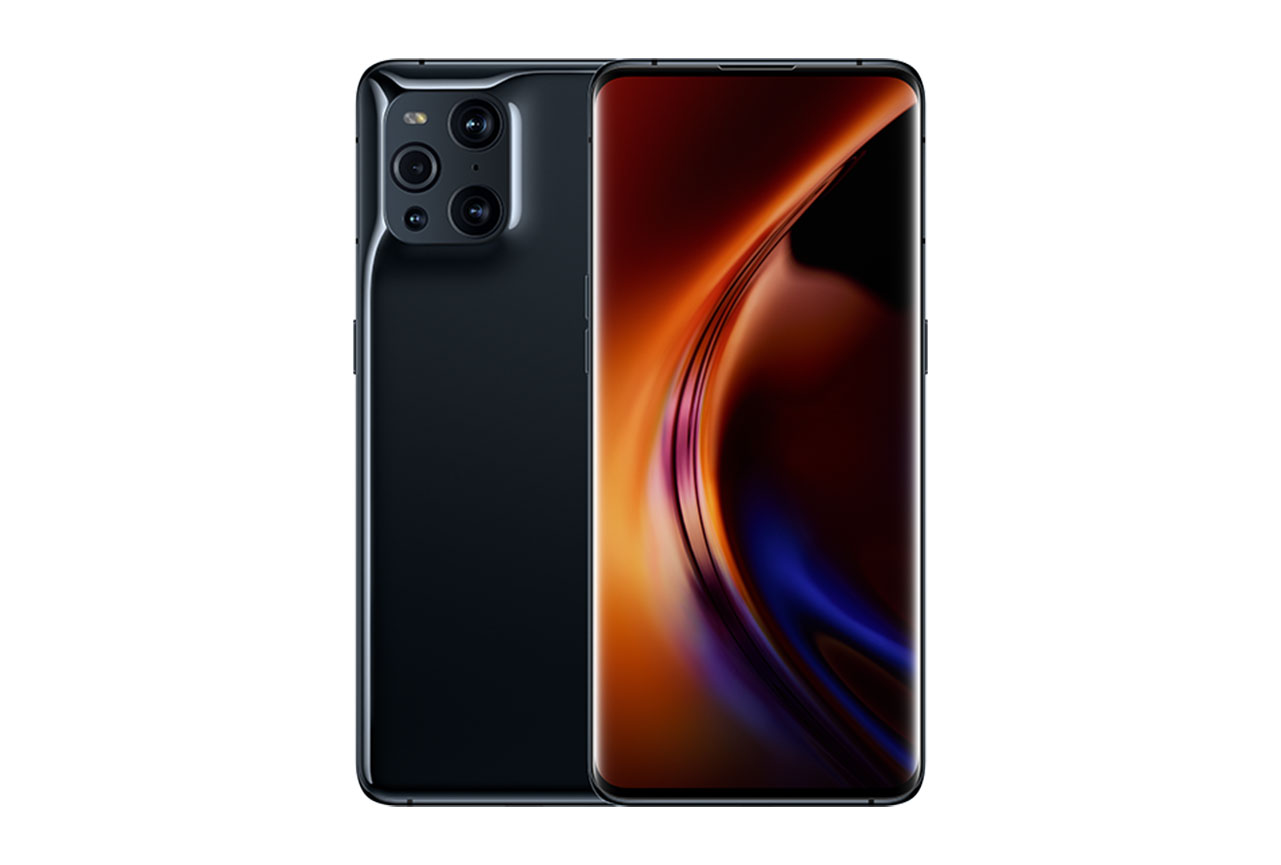
Oppo Find X3 Pro


 157th
157th 83rd
83rdPlayback
Cons
- Tonal balance is overly focused on high midrange
- Dynamics performance is imprecise
- Balance displaced toward bottom speaker
Recording
Cons
- Sound in video apps is slightly muffled
- Compression affects dynamics in many use cases
- In high SPL scenario, first seconds of recording are distorted as device adjusts.
With a global score of 62 in audio, the Oppo Find X3 Pro scored considerably lower than its forerunner, the Oppo Find X2 Pro, which scored a 74 (among the top 10 devices in our rankings at this writing). The Oppo Find X3 Pro has a price of more than $1,000, placing it our ultra-premium category. Among this group, its audio score is among the lowest.
In terms of playback, the Oppo Find X3 Pro performed well in the volume attribute, both for maximum and minimum volume, and for volume consistency. Drawbacks start with timbre: the tonal balance is focused on a 3k Hz bell — in the upper midrange — resulting in an aggressive sound. Dynamics were imprecise, and the stereo effect from the two speakers was actually quite narrow, with the center displaced toward the bottom speaker. Strong artifacts were present in some of the signals we tested, and the speakers are easily occluded with the hands.
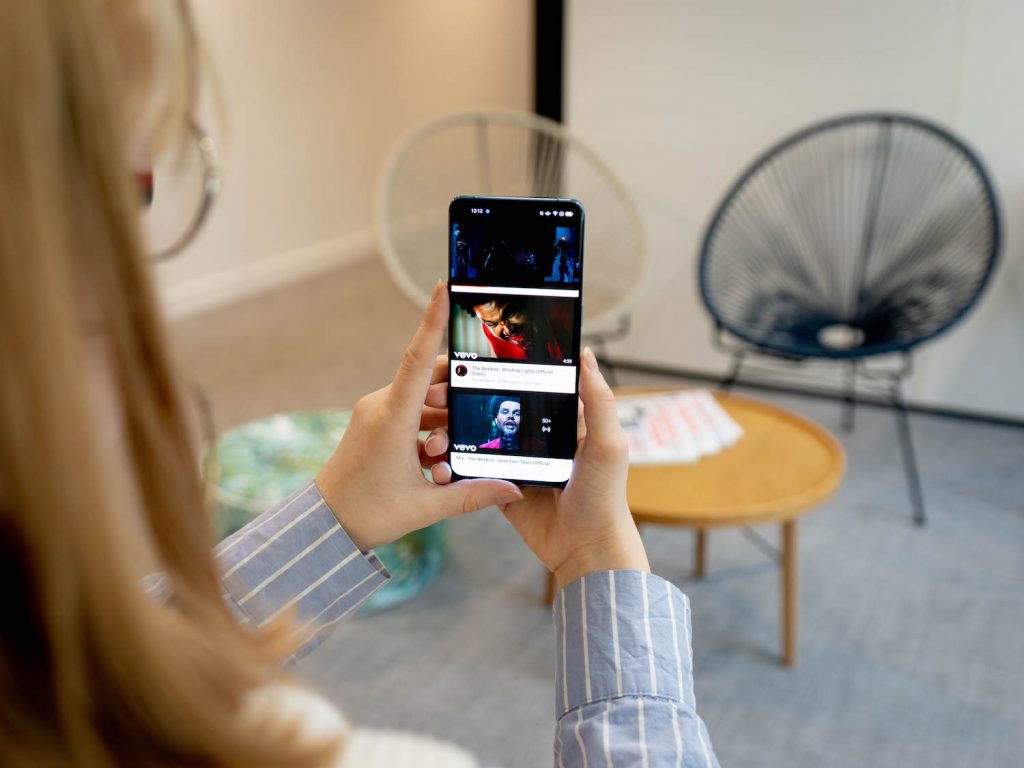
As a recording device, the Oppo Find X3 Pro had a much stronger overall score of 68, a slightly better score than the Samsung Galaxy Note20 Ultra 5G (Snapdragon) at 66, for example. The Oppo device produces good overall tonal balance in most use cases tested. In the memo and meeting apps, the Find X3 Pro had a nice treble presence. In the high sound pressure level (SPL) scenario, the low end captured was very good. In life video and in the meeting use case, the device produced very good wideness, and it produced good loudness in life video as well.
As for recording drawbacks, in both video apps the overall sound was slightly muffled, with a noticeable lack of treble and an overly prominent low midrange. Strange compression behavior in many use cases hindered the dynamics performance. In the high SPL scenario (an electronic music concert), the envelope was not accurate because of heavy compression triggered by loud bass hits. Also notable in the high SPL case, the first few seconds of recording were heavily distorted as the device adjusted itself to tuning for the loud content.
In scenarios with loud background noise, localizability suffered because the positions of sources were not stable in the audio scene. As is often the case with smartphone audio, the wideness was limited in selfie video, at least partially attributable to the device being held in portrait mode.
Sub-scores explained
The DXOMARK Audio overall score of 62 for the Oppo Find X3 Pro is derived from its Playback and Recording scores and their respective sub-scores. In this section, we’ll take a closer look at these audio quality sub-scores and explain what they mean for the user.
Playback

Timbre
Oppo Find X3 Pro
56
89
Timbre tests measure how well a phone reproduces sound across the audible tonal range and takes into account bass, midrange, treble, tonal balance, and volume dependency.
The Oppo Find X3 Pro struggled with this key attribute, turning in a below-average performance, and this had a big impact on its overall score. The X3 Pro’s tonal balance is centered on high midrange, but in a very aggressive way. A notable bell sound at around 3k Hz makes the device tiring to listen to. With close to no bass (even including low-end extension), and muffled treble, timbre is uneven overall and not very pleasant.

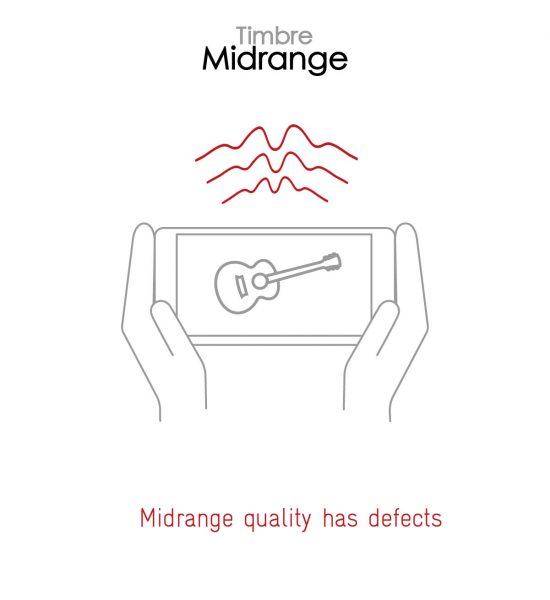
The movie use case produced the same kind of drawbacks: frequency response seems bumpy and high mid-centric, midrange is aggressive, treble is dull, and bass is lacking. In the games use case, the sound was similarly confused and harsh.

Dynamics
Oppo Find X3 Pro
59
81
DXOMARK’s dynamics tests measure how well a device reproduces the energy level of a sound source, and how precisely it reproduces bass frequencies.
The Oppo Find X3 Pro also had drawbacks in dynamics that placed it with other below-average ultra-premium performers. The dynamics were overall flimsy and lacking range. Occasionally attack rose to a decent level depending on the content, but most of the time it felt blunt and not as snappy as you would expect from a device that is so overly focused on the high midrange.
With blurry kicks and an inaccurate envelope, bass precision is also a bit disappointing, even considering there is not much bass to work with in this device. Overall, punch is severely lacking; it sounds weak, flat, and a bit bland.
The sub-attributes for perceptual spatial tests include localizability, balance, distance, and wideness.
Here again, the Oppo Find X3 Pro struggles. Localizability is mediocre, hindered by missing information on the spectrum of frequencies (good treble helps the human ear locate sound), and lackluster transients.
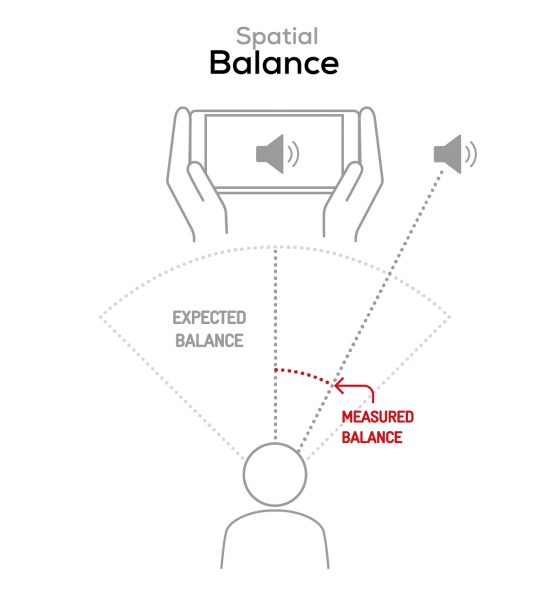

Balance is very uneven, with the center of the sound displaced to the bottom speaker in most cases. The center even seems hollow sometimes, like nothing is there. The sonic image is quite narrow compared with other devices with similar hardware specifications. Perceived distance is almost always further away than the reference, with important elements such as voices sounding muffled, and that high-mid bell tone mentioned earlier bringing in a lot of uncalled-for harshness.

Volume
Oppo Find X3 Pro
74
91
Volume tests measure both the overall loudness a device is able to reproduce and how smoothly volume increases and decreases based on user input.
The volume attribute is a bright spot for the Oppo Find X3 Pro, which achieved an above-average score here. Maximum volume is indeed loud, and the minimum volume is just right, with a first step that produces hearable, intelligible content. The consistency across volume steps is fine.
| Hip-Hop | Classical | |
| Oppo Find X3 Pro | 74.8 dBA | 70.2 dBA |
| Motorola Edge+ | 74.3 dBA | 68.5 dBA |
| Huawei P40 Pro | 72.8 dBA | 70.9 dBA |


Artifacts
Oppo Find X3 Pro
85
113
Artifacts tests measure how much source audio is distorted when played back through a device’s speakers. Distortion can occur both because of sound processing in the device and because of the quality of the speakers.
The X3 Pro was about average for artifacts. The speakers are easily occluded, especially in the games use case, where the sound becomes distorted and the tonal balance heavily affected. In testing with synthetic signals, our engineers detected strong artifacts.
Recording

Timbre
Oppo Find X3 Pro
83
91
As a recording device, the Oppo Find X3 Pro produced an excellent score for timbre, placing it among the best in this attribute in our database rankings (it scored a point better in this regard than the Apple iPhone 12 Pro Max, for example).
In life and selfie video, the tonal balance the device captured was good overall, but the low midrange was slightly too prominent. Overall the sound was muffled, with a lack of treble even though some top end is present.
In the meeting and memo apps, there was a good treble presence, but the tonal balance was still hindered by inconsistent midrange. Low mids are slightly too prominent, and some resonances are present.
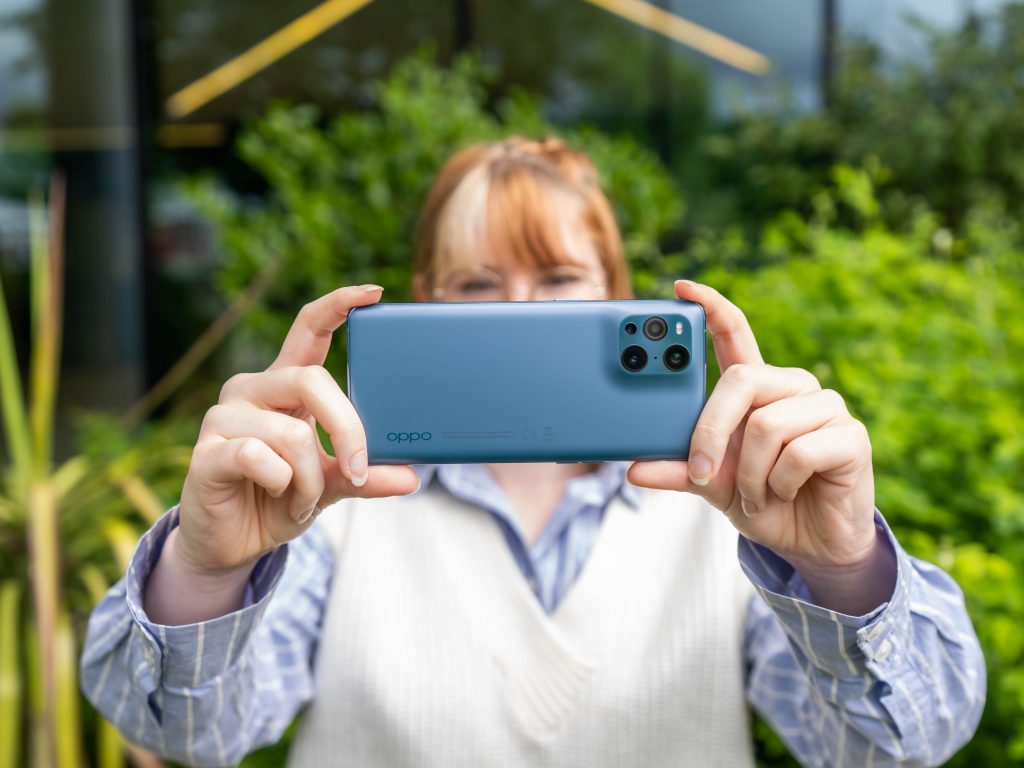
In the high SPL scenario, the Oppo device produced good tonal balance with consistent midrange and very good low-end presence. A slight lack of high-end extension is noticeable, and some hissing was heard on voices in one test track (a moody number by Bjork called “Hunter”). When exposed to the high SPL situation, the overall sound takes a few seconds to recover its normal tonal balance; in the first few seconds, timbre is very midrange-oriented and distorted.

Dynamics
Oppo Find X3 Pro
68
81
Dynamics in recording is another strong attribute for the Oppo Find X3 Pro. In the urban scenario, the signal-to-noise ratio (SNR) is decent, but the background could be more attenuated. Envelope performance is impaired by intrusive noise cancelling, triggering some strange compression behavior.

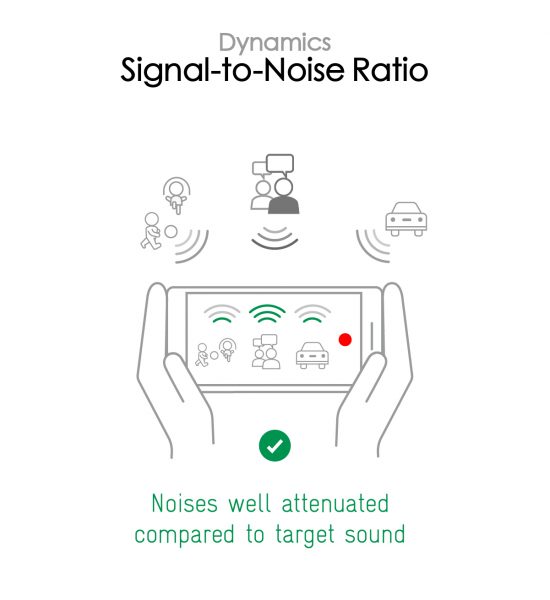
The SNR is good in the home use case scenario, as well as in the meeting use case. In the meeting use case, however, the envelope is not very accurate; plosives lack precision and sound slightly dull.
In the high SPL scenario, heavy compression triggered by loud bass hits hinders dynamics performance.

Spatial
Oppo Find X3 Pro
66
78
The spatial performance of the Oppo Find X3 Pro was above average. When recording in life video, the wideness was very good, but in the urban scenario, the localizability was hindered by background noise fluctuation, rendering the position of sound sources unstable. Distance performance was also affected: voices lacked clarity and seemed to be slightly covered by the background sound.
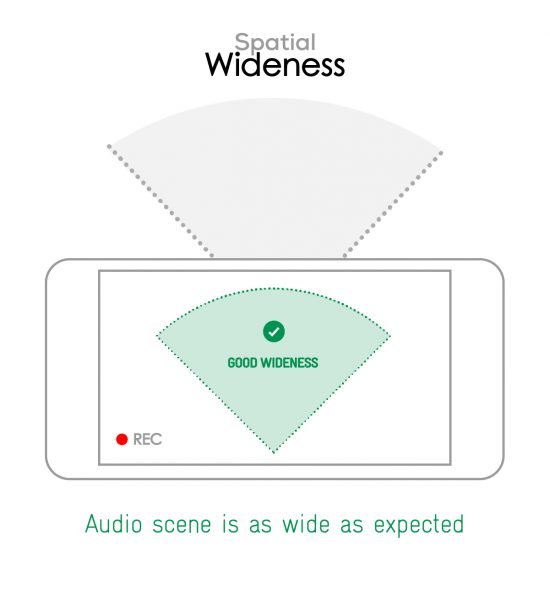

In the home use case scenario, localizability was good because there was no erratic background noise to alter sound source positions.
In selfie video, wideness is very limited. Localizability performance was also impaired because the audio scene is narrow, and source positions are not very precise. The wideness in the meeting use case, on the other hand, was very good, and localizability was precise.

Volume
Oppo Find X3 Pro
60
99
Again, the Oppo Find X3 Pro was above average in the volume attribute. Loudness captured in life video was good, although in selfie video it was slightly too low.
Maximum recording level without distortion is in the correct range, but it could be higher in comparison with other devices with similar specs.
Here are our test results, measured in LUFS (Loudness Unit Full Scale). As a reference, we expect loudness levels to be above -24 LUFS for recorded content:
| Meeting | Life Video | Selfie Video | Memo | |
| Oppo Find X3 Pro | -26 LUFS | -22.6 LUFS | -26.7 LUFS | -19.9 LUFS |
| Motorola Edge+ | -30 LUFS | -20.9 LUFS | -19.5 LUFS | -21.6 LUFS |
| Huawei P40 Pro | -24 LUFS | -20.1 LUFS | -19 LUFS | -19.5 LUFS |

Artifacts
Oppo Find X3 Pro
66
97
The Oppo device had a decent performance in this attribute, with a few issues noted. In life video, our engineers noted strange compression behavior that was induced by noise-canceling and background noise fluctuation. In selfie video, we heard some distortion on loud content like shouting voices.
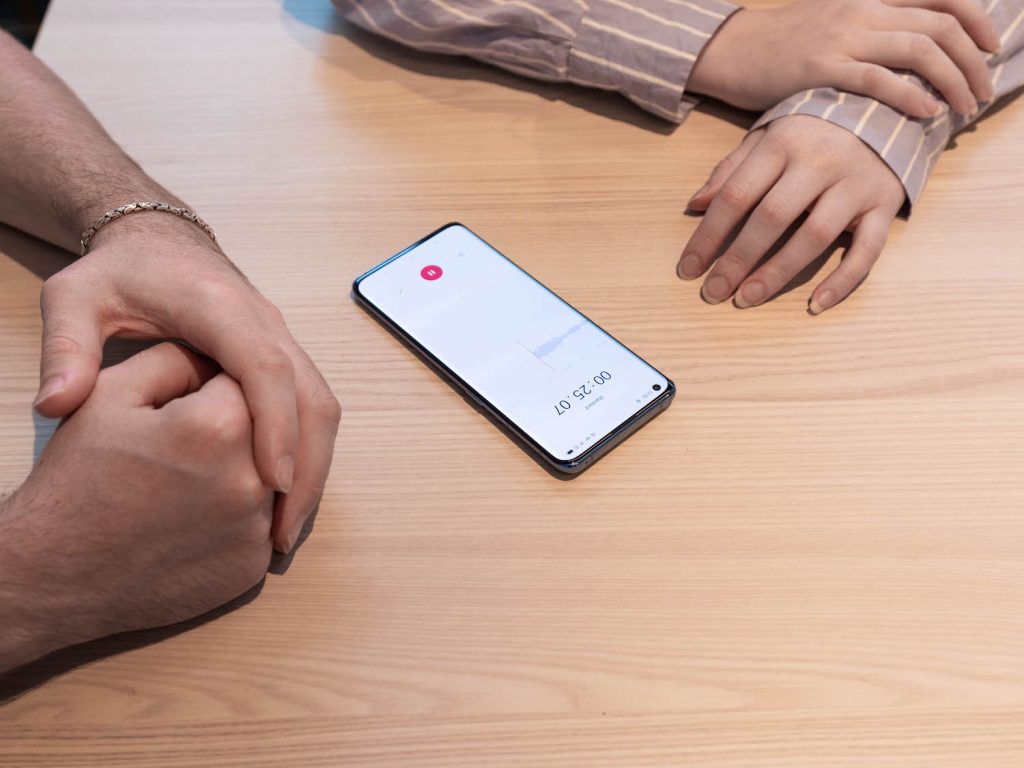
In the high SPL scenario, loud bass hits provoked heavy compression. Also, the first few seconds of the recording were heavily distorted while the device adjusted its tuning to the loud content.
You can check for artifacts yourself in this sample recording:

Background
Oppo Find X3 Pro
39
60
The Oppo Find X3 Pro was above average in its background performance. In life video, the tonal balance of the background is correct, but a lack of clarity and treble impaired it to some degree. Moreover, background is not very natural and seems to fluctuate, with unusual panning movements and compression. In selfie video, some temporal artifacts were noted in background, such as unnatural sound level change.
Conclusion
When it comes to our audio rankings database, the Oppo Find X3 Pro lost ground to its predecessor, the Oppo Find X2 Pro, which was among the best devices we’d tested. The X3 Pro fell far short of that in playback, although it held its ground with a strong score as a recording device.
In playback, the Oppo Find X3 Pro falls short in several categories, most notably timbre and dynamics. The tonal balance is overly focused on the high midrange, which made it unpleasant to listen to for long stretches. The dynamics were imprecise. Balance was off center, and the stereo effect was narrow. The sole bright spot was volume: the Find X3 Pro is loud enough and it’s intelligible at minimum volume.
As a recording device, the Oppo Find X3 Pro fares much better, comparing well with other ultra-premium devices and with its brand forerunner. It produced good tonal balance overall, good dynamics, and also did well in the spatial attribute, with good wideness in life video and the meeting use case. The loudness in life video was also a strong point. In both video apps, overall sound is slightly muffled with a lack of treble and prominent low midrange. In many use cases, dynamics were impacted by some strange compression behavior, especially in the high SPL scenario.


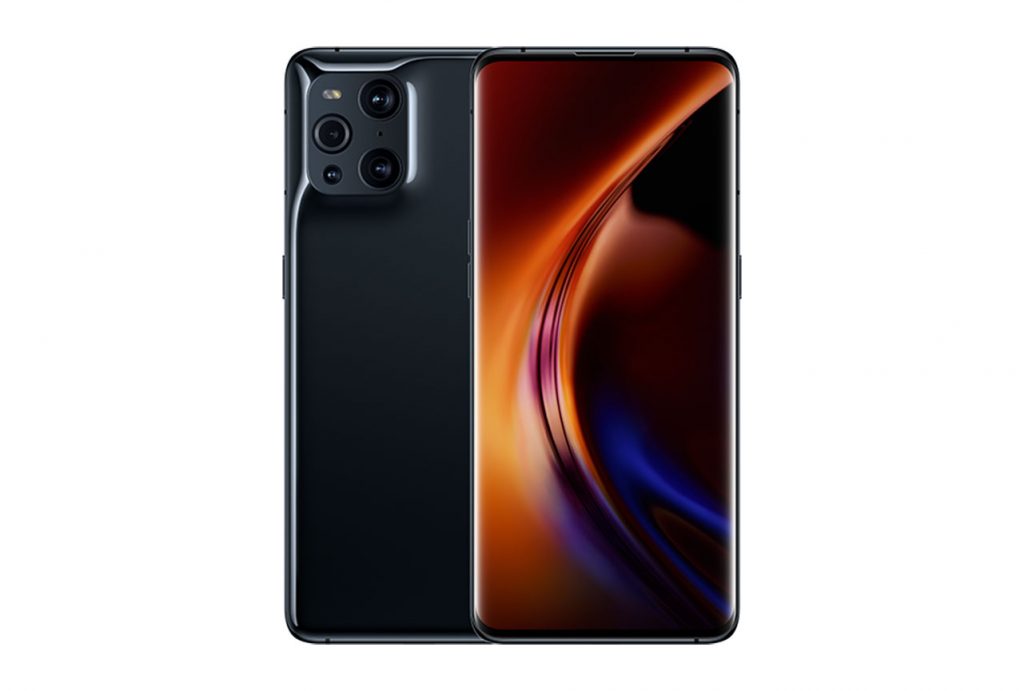
DXOMARK encourages its readers to share comments on the articles. To read or post comments, Disqus cookies are required. Change your Cookies Preferences and read more about our Comment Policy.